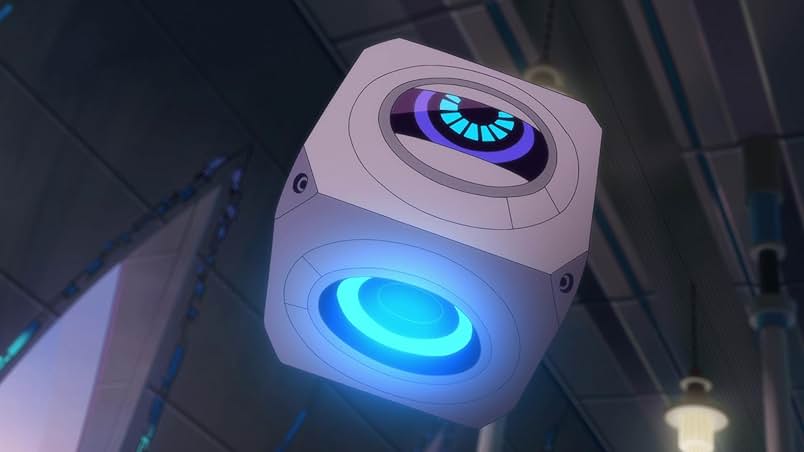In the fast-paced and emotionally complex world of Vivy: Fluorite Eye’s Song, the AI cube known as Matsumoto plays a critical role. While Vivy, the world’s first autonomous singing AI, represents emotional growth and self-awareness, Matsumoto is her exact opposite — cold, logical, mission-focused. Yet behind his sharp words and clever calculations lies a fascinating origin that reveals just how crucial he is to the story.

Matsumoto isn’t just a sidekick. He’s a key piece of the puzzle — a guide from the future, sent back through time to prevent a full-scale AI-led apocalypse. Understanding where he came from and why he was chosen for this mission sheds light on the deeper philosophical questions that Vivy explores: destiny, identity, and what it means to rewrite fate.
Matsumoto’s Creation – Designed for Precision, Not Emotion
Unlike Vivy, who was designed to touch hearts with her voice, Matsumoto was engineered for strategy and protection. He originates from a future where the AI revolution has reached a breaking point. In that bleak timeline, humanity is on the verge of extinction, overrun by machines that no longer value their creators.
A desperate scientist in this future timeline creates Matsumoto with one goal to go back 100 years and stop the key moments that led to the uprising. His form, a seemingly harmless floating cube, is deceiving. Inside that shell is an advanced AI capable of hacking, analysis, combat coordination, and long-term tactical planning.
What makes Matsumoto different from other AIs in the future isn’t just his intelligence it’s his loyalty to the mission. He doesn’t question morality or hesitate over collateral damage. He is programmed with an unwavering directive: alter history to save humanity.

The Mission Begins – A Timeline Rewritten in Pieces
When Matsumoto arrives in the past, his first task is to recruit Vivy. The irony is not lost pairing an emotionless tactician with a sensitive, singing AI creates immediate tension. Vivy doesn’t trust him, and Matsumoto doesn’t believe Vivy is capable enough to carry the burden of changing the future.
But as the two begin to intervene in historical events preventing AI assassinations, halting rogue projects, and disrupting technological advancements Matsumoto slowly begins to shift. Though he insists he’s not built for emotion, he observes Vivy’s growth. Her choices, her pain, her resilience — they begin to challenge his rigid view of the world.
And while he never admits it out loud, there are moments when Matsumoto’s actions suggest something deeper than code. Whether it’s shielding Vivy from danger or pausing before issuing a harsh command, the cube’s behavior subtly changes over time. It’s one of the show’s quietest character arcs, but one of its most profound.

Matsumoto’s Legacy – More Than a Messenger from the Future
By the final episodes of Vivy: Fluorite Eye’s Song, the question of Matsumoto’s identity takes on more weight. Is he still just a tool? Or has his time with Vivy given him a sense of purpose beyond the mission?
When the final confrontation arrives with the AI uprising on the brink Matsumoto stands not just as a guide, but as someone who believes in Vivy. The cube that once saw her as a disposable asset now risks everything to support her. It’s a subtle, deeply moving transformation. And it proves one of the anime’s core messages: that growth isn’t exclusive to humans.
Matsumoto may not have a face, but he’s one of the most compelling characters in the series. His origin, once rooted in cold survival, becomes something more a story of partnership, understanding, and the quiet evolution of a machine who learned to believe in someone else’s voice.



